
Autism Spectrum Disorder (ASD) is a developmental condition that affects communication, behavior, and social interaction. Each child with autism is unique, presenting different strengths and challenges. As parents seeking the best for their children, finding the right therapy services is crucial.
In Vijayawada, several therapy centers offer specialized services tailored to the needs of children with autism. This guide will explore the best autism therapy services, explaining relevant concepts and providing helpful tips along the way.
Understanding Key Concepts in Autism Therapy
Before diving into the specific services available in Vijayawada, it’s essential to understand some key concepts in autism therapy:
Applied Behavior Analysis (ABA):
ABA is a widely recognized approach that focuses on improving specific behaviors such as social skills, communication, and learning. It uses techniques such as positive reinforcement to encourage desirable behaviors and reduce unwanted ones.
A study published in the Journal of Early and Intensive Behavior Intervention found that children who received intensive ABA therapy showed significant improvements in IQ, language, and adaptive behavior compared to those who did not receive such therapy.
What are the Benefits of ABA & Early Intervention?
Research has shown that ABA can significantly improve behaviors and skills in children with autism, with some studies indicating that early intensive ABA can lead to substantial progress. Early intervention refers to therapies and support services provided to very young children with developmental delays. For children with autism, early intervention can significantly impact their long-term development. According to the Centers for Disease Control and Prevention (CDC), early intervention can improve learning, communication, and social skills in children with autism.
Early intervention programs aim to address developmental issues in children with autism spectrum disorder (ASD) as early as possible. Here are some key types of therapies commonly used:
Early intervention programs for children with autism spectrum disorder (ASD) encompass a range of therapies designed to address developmental challenges at an early stage. Speech therapy focuses on enhancing communication skills, encompassing speech, language comprehension, and social interaction through techniques like visual aids and structured activities. This helps children express themselves, interact effectively, and understand social cues, crucial for their daily lives.
- Occupational therapy aims to foster independence by improving daily activity participation. It targets sensory integration, fine motor skills, self-care routines, and play skills using sensory-based interventions and adaptive techniques tailored to each child’s needs. This approach enhances sensory processing, motor coordination, and facilitates better integration into school and home environments.
- Physical therapy concentrates on enhancing gross motor skills, balance, coordination, and strength through exercises, stretches, and activities. These interventions promote mobility, physical abilities, and overall physical health, crucial for navigating various environments and participating in physical activities.
- Applied Behavior Analysis (ABA) focuses on behavior modification to increase desirable behaviors and decrease challenging ones. It employs reinforcement strategies, structured teaching methods, and behavior management techniques customized to individual needs. ABA helps children acquire skills in communication, social interaction, and adaptive behaviors, supported by data-driven interventions and structured sessions.
- Social skills training teaches appropriate social behaviors, interaction skills, and understanding social cues through role-playing, group activities, and structured social situations. It enhances social interaction, peer relationships, and facilitates better integration into school and community settings, essential for overall social development.
These interventions, tailored to each child’s unique needs, aim to optimize developmental outcomes and improve quality of life through early identification and intervention. Each type of early intervention is tailored to the unique needs of the child with ASD, aiming to maximize their developmental potential and improve overall quality of life. Early identification and intervention are critical for optimizing outcomes and supporting long-term success.
Helpful Tips for Parents | Top Autism Services in Vijaywada
Finding the right therapy center is just the first step. Here are some tips to help you navigate the journey:
Research and Visit Centers:
Before deciding, research various centers and visit them. Observe the environment, meet the therapists, and understand their approach to ensure it aligns with your child’s needs. Look into several therapy centers to compare their offerings. Consider aspects like the staff-to-child ratio, the qualifications of the therapists, and the types of therapies available. You can also prepare a list of questions to ask during your visit. Inquire about the center’s approach to therapy, the duration of each session, and how progress is measured.
Observing interations betweent the therapists and your little one is equally important! Pay attention to how therapists interact with children. A supportive and engaging environment is crucial for your child’s development. And if possible, arrange trial sessions to see how your child responds to the center’s environment and therapy methods.
Involve in Therapy:
Actively participating in your child’s therapy can make a significant difference. Learn the techniques used in therapy sessions and apply them at home to reinforce learning. Home Reinforcing therapy techniques at home can accelerate your child’s progress. Create a structured routine that integrates these practices into daily activities. Also, remember to maintain regular communication with your child’s therapists. Discuss progress, share observations from home, and seek advice on handling specific challenges. Ensure that you consistently attend parent training sessions and workshops offered by the therapy center. These can provide valuable insights and skills to support your child’s development.
Stay Informed:
Keep up with the latest research and developments in autism therapy. Resources such as the Autism Research Institute (ARI) and the National Institute of Mental Health (NIMH) offer valuable information. Here’s are some additional quick tips for your reference –
- Subscribe to Newsletters: Sign up for newsletters from reputable organizations like the Autism Research Institute (ARI) and the National Institute of Mental Health (NIMH) to stay updated on the latest research and therapy techniques.
- Online Communities: Join online forums and social media groups dedicated to autism. These platforms can be rich sources of information and peer support.
- Continued Education: Consider enrolling in courses or webinars that focus on autism spectrum disorder (ASD). This ongoing education can help you better understand your child’s condition and the most effective interventions.
Support Network:
Connect with other parents and support groups. Sharing experiences and advice can provide emotional support and practical tips for managing daily challenges. Local and online support groups for parents of children with autism can be invaluable. They offer a safe space to share experiences, seek advice, and gain emotional support.
Don’t hesitate to lean on family and friends for support. Educate them about autism and your child’s needs so they can offer informed assistance. Sometimes, the emotional challenges can be overwhelming. Professional counseling for parents can provide strategies for coping with stress and maintaining a positive outlook. So, make sure you look into respite care options that give you a break while ensuring your child receives quality care. This can help prevent burnout and maintain your well-being.
Choosing the right autism therapy services for your child is a critical decision that can significantly impact their development and quality of life. Vijayawada offers several reputable centers that provide specialized services tailored to the unique needs of children with autism. By understanding key concepts such as ABA and early intervention, staying informed, and actively participating in your child’s therapy, you can help them achieve their full potential. Remember, every child is unique, and with the right support and encouragement, they can thrive.
Are you looking for Autism Therapy Services in Vijayawada? Then look no further than Early Autism Ventures. We are dedicated to providing the highest quality ABA Therapy Services in Vijayawada. Our committed team works tirelessly to support the unique needs of each child, ensuring they achieve their fullest potential. Choose us for exceptional care and expertise in autism therapy.


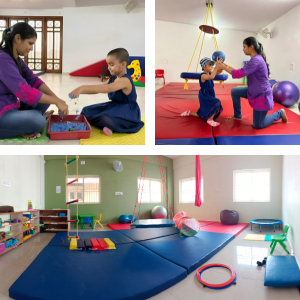
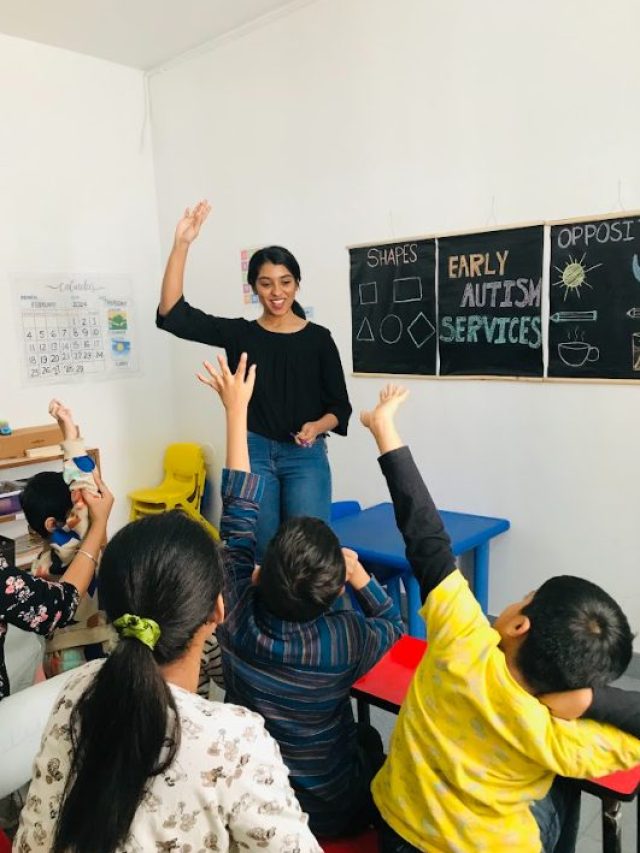




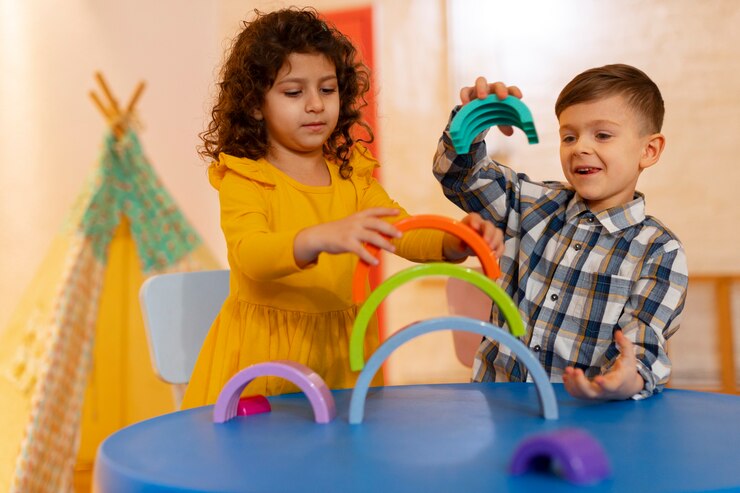






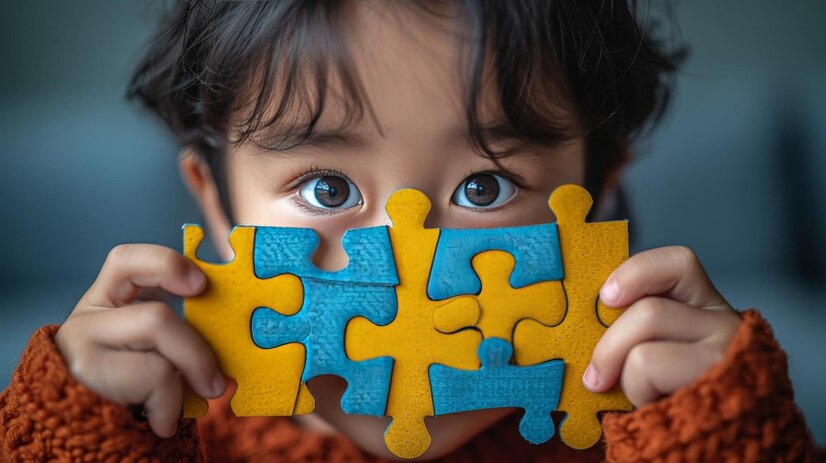


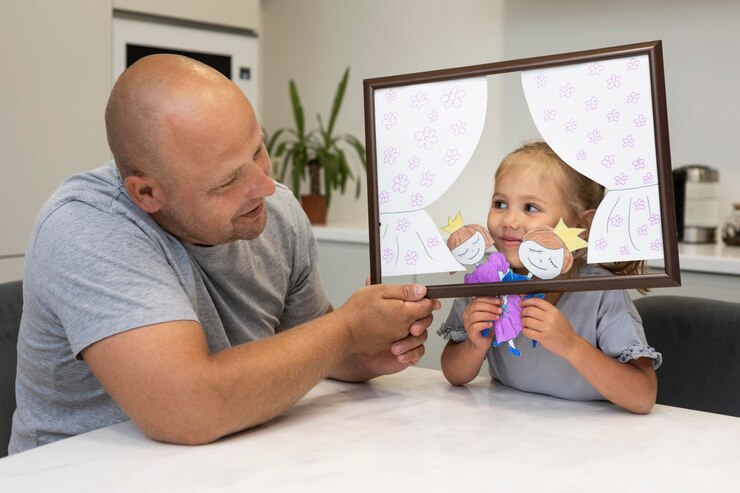

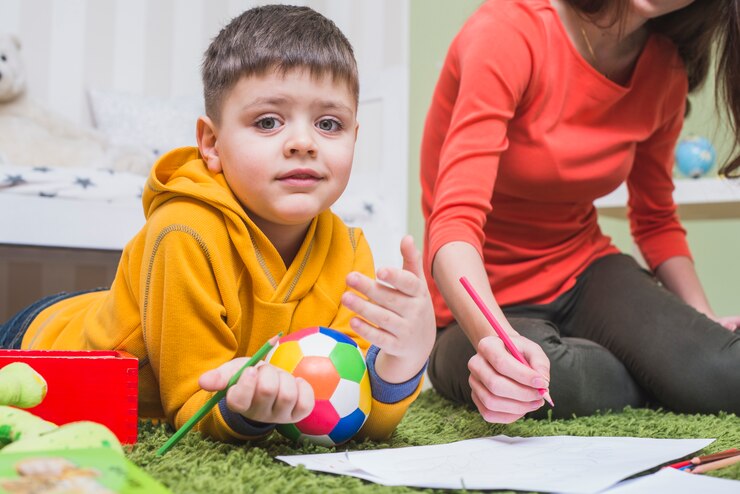








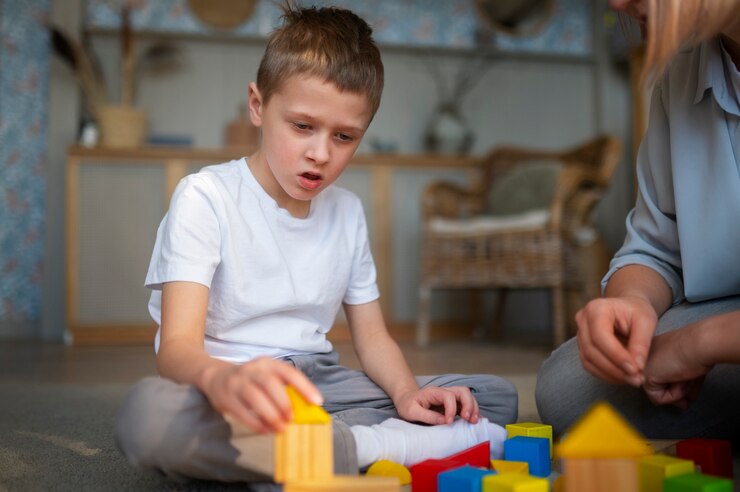

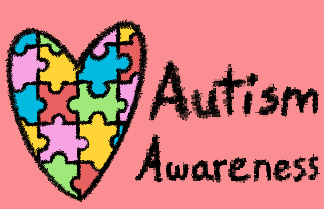



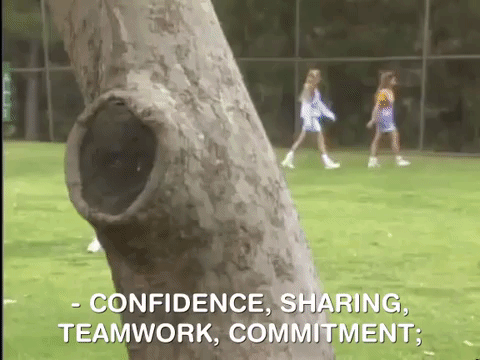

Recent Comments